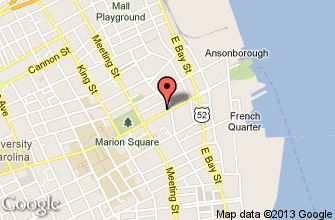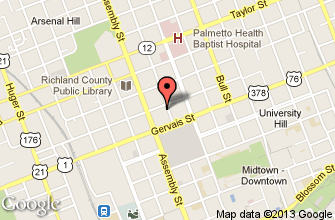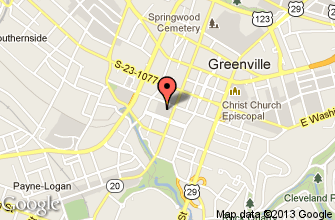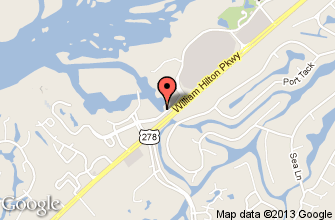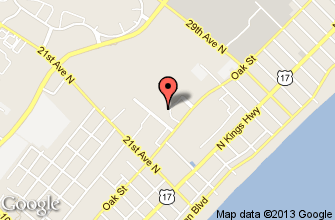News Room
PrintMcNair Intellectual Property Alert: Provisional Patent Applications - The Right Way and the Wrong WayApril 28, 2016
In 1995, the United States Patent and Trademark Office first offered the provisional patent application. The goal was to provide patent pending status at lower costs and to assist with preserving foreign patent filing rights. A provisional patent application has a life of 12 months from its filing. This 12-month period cannot be extended so that an applicant must file a corresponding non-provisional patent application during the 12-month period in order to benefit from the earlier filing of the provisional application. Provisionals are strategically used for several reasons:
- to obtain patent pending status and prevent a public disclosure, sale, or offer to sell that would bar the ability to obtain patent rights;
- to provide a lower cost investigation period so that commercialization research can be performed to determine the subsequent investment into the invention's commercialization; or
- other motivators such as an investor requesting that a patent applications be filed. When filed, the provisional patent application allowed for the designation "Patent Pending".
One important aspect of a provisional patent application is that it should include a sufficient technical description of the invention so that one reasonably skilled in the art could make or practice the invention after reading the provisional patent application, the § 112 requirement. However, the "sufficient technical description" requirement is frequently misunderstood. Without this technical description, the provisional patent application has little to no value. In fact, having an improperly prepared and filed provisional patent application can result in a false sense of security that patent rights are preserved, when in fact they are not. As recently stated by the Federal Circuit, a provisional patent application must have the following to be of value to the subsequent non-provisional:
- a technical description that contains a written description of the invention;
- the manner and process of making and using it;
- written in full, clear, concise, and exact terms to enable any person skilled in the art to make and use the invention; and
- the best mode contemplated by the inventor or joint inventor of carrying out the invention. (35 U.S.C. § 112.)
We have seen several online, self-help legal service providers offering provisional patent applications by advertising "low-cost" applications. We have also seen short cuts being taken when provisional patent applications are drafted and filed in an effort to "save money". Unfortunately, a number of these provisional patent applications are not legally sufficient. In a recent case, the court in Dynamic Drinkware v. National Graphics (Fed. Cir. 2015), held that nowhere did Dynamic demonstrate support in its provisional patent application for the claims of the subsequent patent that issued from a non-provisional, and therefore could not rely on the provisional application for the priority date. In an earlier case, Star Scientific, Inc. v. R.J. Reynolds Tobacco Co., 2011 U.S. App. LEXIS 17826 (Fed. Cir. Aug. 26, 2011), the Federal Circuit stated that a provisional application's earlier filing date can be relied upon so long as that application contains an adequate written description (the § 112 requirement) so that one of ordinary skill in the art could practice the invention claimed in the non-provisional application.
While provisional patent applications have a reputation for being the "down and dirty" or "poor man's" application, unless drafted by an experienced patent practitioner who can include sufficient technical description of the invention to form support for the claims of the subsequent non-provisional patent applications, the provisional applications may be a waste of time and money, and can result in a loss of patent rights.
